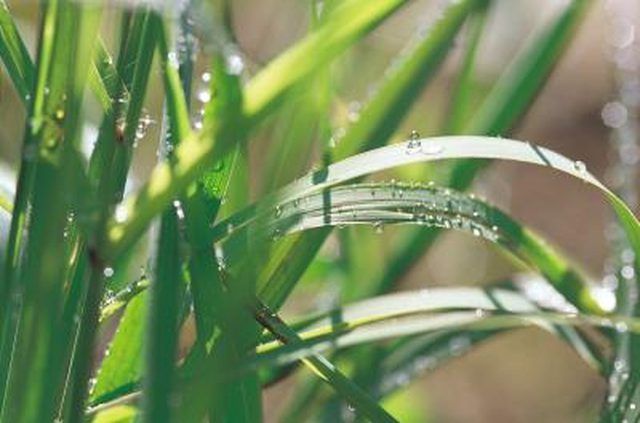Bulbs
Flower Basics
Flower Beds & Specialty Gardens
Flower Garden
Garden Furniture
Garden Gnomes
Garden Seeds
Garden Sheds
Garden Statues
Garden Tools & Supplies
Gardening Basics
Green & Organic
Groundcovers & Vines
Growing Annuals
Growing Basil
Growing Beans
Growing Berries
Growing Blueberries
Growing Cactus
Growing Corn
Growing Cotton
Growing Edibles
Growing Flowers
Growing Garlic
Growing Grapes
Growing Grass
Growing Herbs
Growing Jasmine
Growing Mint
Growing Mushrooms
Orchids
Growing Peanuts
Growing Perennials
Growing Plants
Growing Rosemary
Growing Roses
Growing Strawberries
Growing Sunflowers
Growing Thyme
Growing Tomatoes
Growing Tulips
Growing Vegetables
Herb Basics
Herb Garden
Indoor Growing
Landscaping Basics
Landscaping Patios
Landscaping Plants
Landscaping Shrubs
Landscaping Trees
Landscaping Walks & Pathways
Lawn Basics
Lawn Maintenance
Lawn Mowers
Lawn Ornaments
Lawn Planting
Lawn Tools
Outdoor Growing
Overall Landscape Planning
Pests, Weeds & Problems
Plant Basics
Rock Garden
Rose Garden
Shrubs
Soil
Specialty Gardens
Trees
Vegetable Garden
Yard Maintenance
Do I Have Tall Fescue or Crabgrass?
Do I Have Tall Fescue or Crabgrass?. Many gardeners reach for a crabgrass-specific herbicide when they spot a clump of rough grass marring a smooth lawn, but not every grassy weed is crabgrass. Annual crabgrass (Digitaria sp.) and perennial tall fescue (Festuca arundinacea) require different treatments.

Many gardeners reach for a crabgrass-specific herbicide when they spot a clump of rough grass marring a smooth lawn, but not every grassy weed is crabgrass. Annual crabgrass (Digitaria sp.) and perennial tall fescue (Festuca arundinacea) require different treatments.
Crabgrass Identification
Crabgrass seeds germinate in spring and grow best in the heat of summer. The young clumps start out as upright blades before maturing into both vertical and horizontal tillers, or grassy offshoots. The blades grow 1/3 inch wide and up to 5 inches long. In late summer or early fall, long branching panicles appear before frost kills the annual.
Tall Fescue Identification
In contrast to crabgrass, tall fescue is a perennial cool-season grass. Cultivated varieties grow into tough, adaptable lawns, but the grassy weed is coarse and forms rough clumps. Tall fescue blades are larger than crabgrass blades, often growing nearly 1/2inch wide and up to 2 feet tall. Spiked flower heads appear in early summer.
Controls
Because crabgrass is an annual weed, pre-emergent herbicides that stop spring seed germination are the best defense. Tall fescue, on the other hand, survives winter cold and is more difficult to eradicate. Use a shovel to remove fescue clumps to a depth of 4 inches and re-seed the area, or spot-treat with a broad-spectrum herbicide.